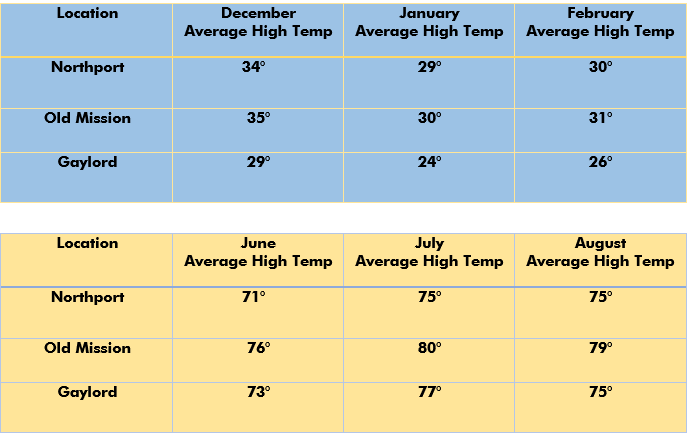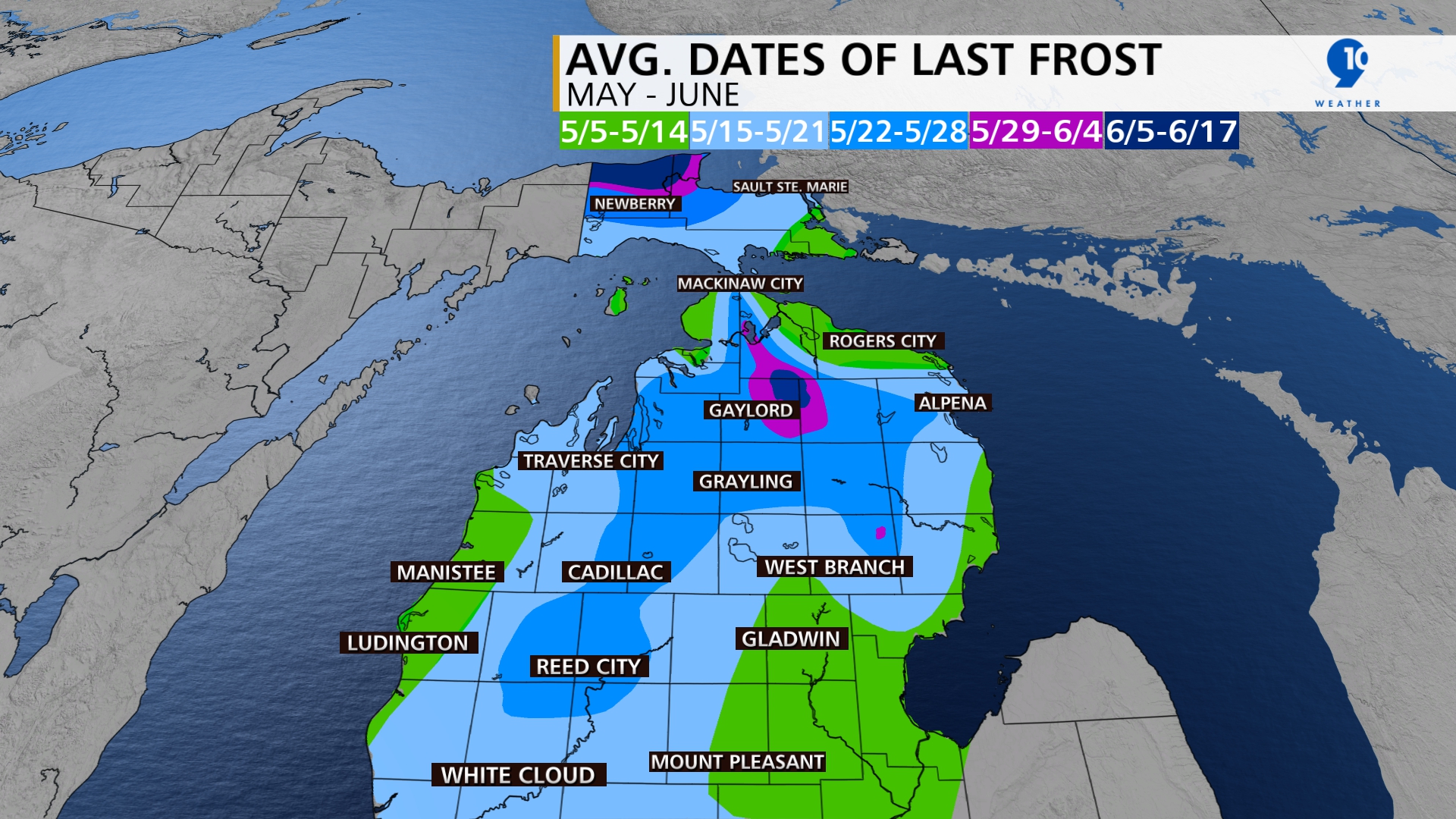Editor’s note: This story was originally published in 2023.
TRAVERSE CITY - People from all around the world visit the National Cherry Festival in Traverse City the first week of July. While the festivities are being planned and grown year-round, so too are the cherries that make the festival what it is.
Cherries, much like other fruits, need very specific climate and soils to make them flourish. While cherries can grow in other parts of the state and country, the area along Lake Michigan provides the perfect conditions for cherries.

The region along Lake Michigan in West Michigan is a prime place to grow cherries and other crops. A meso-climate, called the “Fruit Belt” by agriculturists, runs along Lake Michigan about 20-30 miles inland. When the lake has open water, it acts as a moderator to temperatures, which helps temperatures not to be so bitter in the winter, prevents harsh frosts later in the spring and keeps summer temperatures from being too scorching.
RELATED: We spoke to local farmers to see what it takes to grow Michigan’s famous cherries
Grand Traverse County, Leelanau County and others are a part of the Fruit Belt thanks to their gently rolling terrain and closeness to the bays of Lake Michigan.
In fact, Michigan State University Extension says, “Leelanau County in northwest Michigan accounts for 26% of Michigan’s tart cherry acreage, 48% of its sweet cherry acreage and 30% of all Michigan cherry trees.”
Michigan as a whole produces 70% of the United States’ cherries, most of which are Montmorency tart cherries.
Climate of the Cherry Capital

The above map shows the average dates for the last frost in the spring. Areas near the lakes often have the last day of frost earlier in May, around the time when a cherry tree will be blossoming in Northern Michigan. If a cherry blossom - or even its buds - freezes, it runs the risk of being damaged, and the tree may bear little fruit by the end of growing season. Because tart cherries are known to bloom a little later than sweet cherries, our Montmorency tart cherries are even more protected from the risk of frost.
If we compare the average temperatures of the lake-moderated regions to the more inland regions, you can see the difference. For example, Northport, Gaylord and Old Mission sit right along the 45th parallel of the Earth. Even though they are the same latitude (just as far north), each place has a different average high temperature!

In the winter months, cherry trees need enough chilling to help it go dormant to bring about new blooms in the spring, but it can’t be too cold, or it could damage the tree.
Overall, to grow a cherry it takes an intricate combination of soil, moisture, temperatures and terrain. Too much rain, the wrong temperatures and even the wrong soil can lead to diseases and failure to the crop in some form.
Fun fact: Did you know that farmers will spray their crops with water when the forecast calls for a freeze? When the water freezes, it actually protects the fruit because the water will freeze, not the fruit.
RELATED: My North’s guide to Northern Michigan cherries

